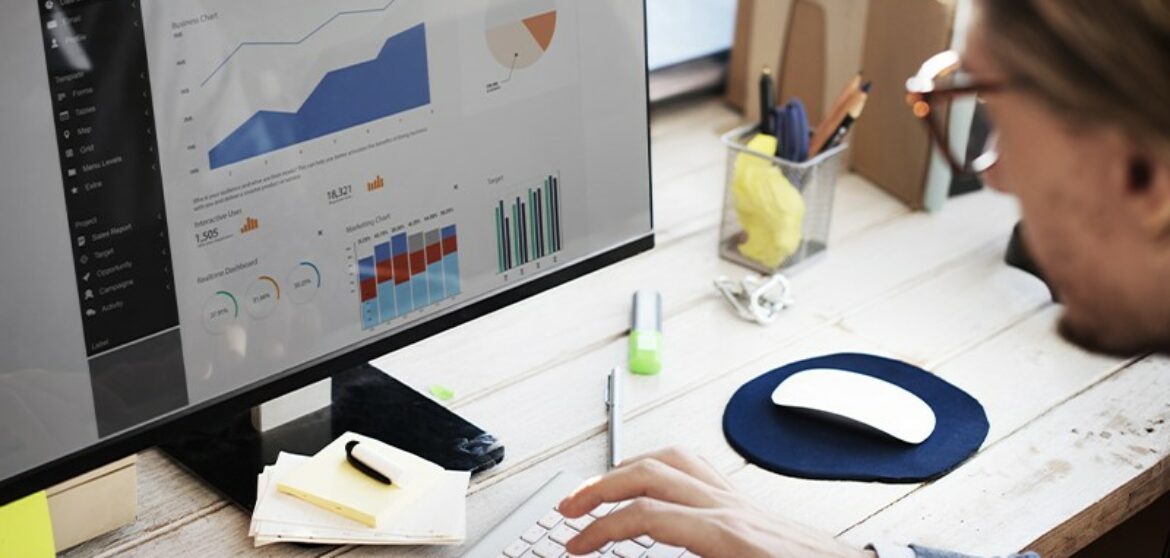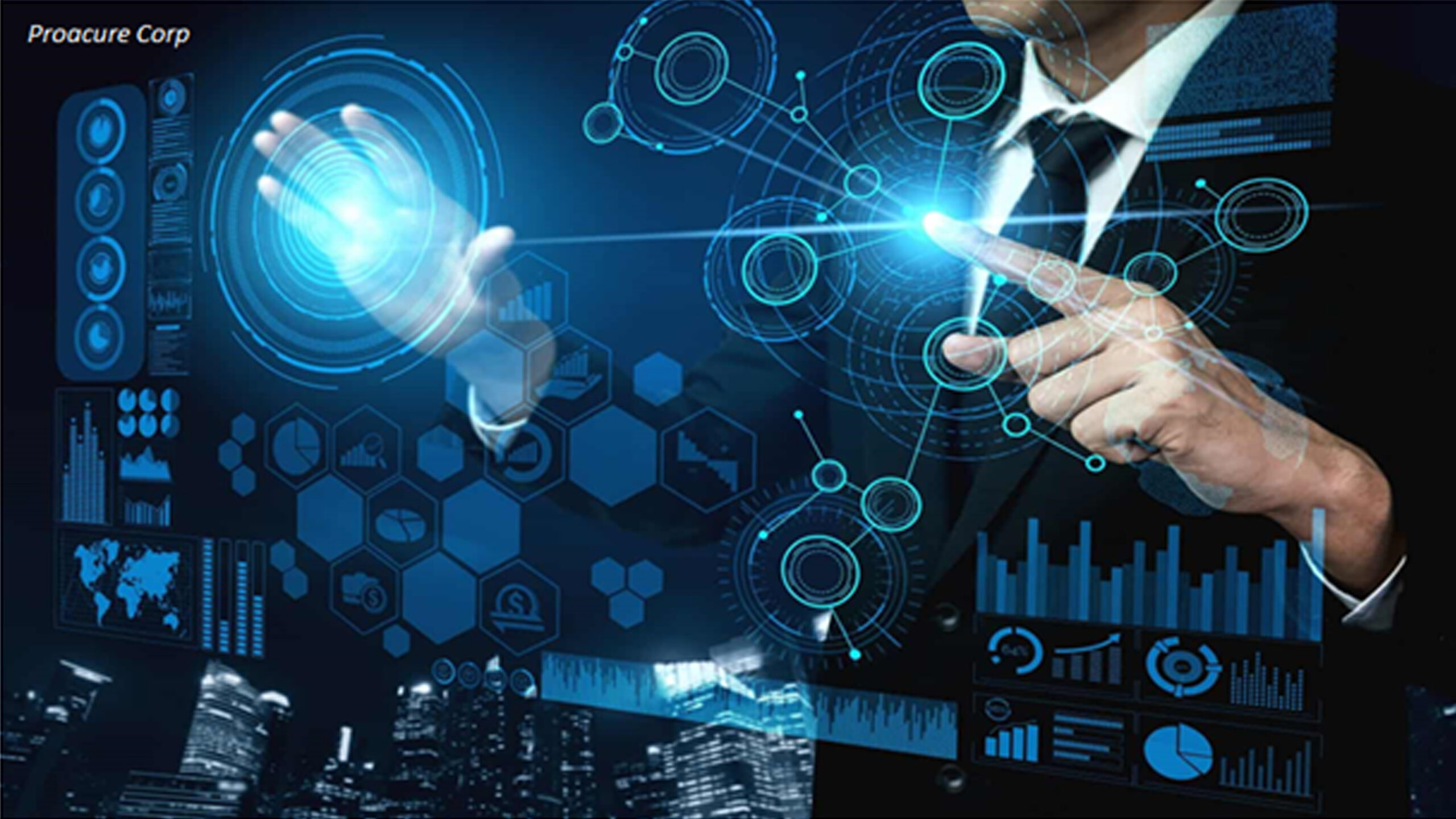CEOs taking lead in an unpredictable and fast changing post pandemic environment
Sanjay Agarwal | August , 2022

Following the COVID-19 crisis, CEOs have finally begun to prioritize procurement strategies and reevaluate every facet of the function to ensure cost reduction
The pandemic has affected businesses all around the world at large. The CEOs are looking towards mitigating supply chain risks along with procurement transformation to facilitate holistic growth. Strategic sourcing and procurement have become important, with demand imbalances causing inventory issues, erratic delivery reliability, and high-risk single-source supplier situations. Over the past two years, prices for the majority of goods have increased beyond expectations and labor market upheavals have impacted the performance of the organizations.
According to a research article presented by McKinsey in 2021, the predominant problems that the supply chain leaders put forward were challenges in supply footprint and global manufacturing. With numerous lockdowns worldwide in the past couple years, a stagnancy has been observed in the movement of raw materials and finished products, resulting in disruption in the process of manufacturing. The pandemic has enlarged and escalated the problems that were already prevailing in the supply chain. It has made the procurement and supply chain one of the most challenging functions in the organization.

CEOs creating roadmaps to mitigate supply chain disruptions and boost spend savings
The CEOs are pivoting towards creating a structured outline to identify segments and create opportunity. It will help build a detailed capability roadmap for supply chains, production, and marketing. They are utilizing strategic procurement to ensure the supply chain; identifying and managing potential risks and making the supply chain entirely visible. CEOs are trying to assure all partners of operational dependability and are focusing on a complete procurement reengineering to create value for the company. The digital cost transformation with reduced SG&A spend is the only way to increase profitability.
This has made the CEOs realize the importance of creating value and investing in automation processes and technology. There is a need to empower procurement executives who are ideally positioned to combine in-depth company knowledge with the insights of the supply market. It has been predicted that with the advancements in technology, the finer recognition of the value of data would completely transform the meaning of data-driven. Companies that can make rapid progress will benefit the most from data-backed capabilities.
100% spend visibility, a critical parameter to achieve superior procurement performance

The area of concern for any company leader would be to increase spend savings, cut down on costs, and reduce supply chain disruptions post pandemic. Here is the requirement of a multi-framed system that enables several components to function choreographically and in cohesion.
This would enable the firm to achieve 100% spend visibility along with actionable insights in order to realize the opportunities. According to the Harvard Business Review Report, organizations that strive for absolute visibility usually make better and more effective strategic decisions. That helps businesses be a step ahead of their competitors. By adopting data science, digital technologies and business procedures, they are building substantial strategic relationships with the suppliers, attaining cost optimization, savings and compliance, along with diversity, sustainability and inclusivity for the organization.
With weightage on spend analytics, companies are emphasizing towards building a resilient supply chain, better monitoring costs and establishing long-term capabilities. This will be a magnificent tool to shield them from the ongoing crisis. The spend analysis provides opportunities to achieve cost savings, enhanced supplier performance and increased spend under management.
Superior procurement performance is built on spend visibility, as it gives insights into the fundamental components of expense categories. If spend analysis coverage is 99-100%, it covers the tail spend as well. Tail Spend is largely ignored by procurement organizations due to the substantial number of transactions and suppliers with very low ROI. However, artificial intelligence and advanced analytics help provide Tail Spend visibility and Savings as well.
The spend data is reviewed and presented in the form of a multidimensional cube. They contain various purchases that took place across the organization or subcategories, the respective departments or stakeholders who bought from a category and compare spending with several providers. Leaders can gain a competitive advantage in the midst of an uncertain, complex, and rapidly evolving environment by utilizing the spend hypercube to determine and locate business spend.
In a Zero-Based Budgeting project, the spend cube assists with spend categorization, cost visibility, and value targeting opportunities. ZBB dashboards offer a granular perspective of SG&A expenditure visualization across business units, categories, and suppliers, as well as highlight underlying spending causes. This offers internal standards, best practices, and an awareness of expenditure levels, allowing the organization to strive toward improved budget allocation. Furthermore, the Spend Cube examines consumption and value engineering potential, offering insights for strategic sourcing to optimize supplier costs.
CEOs should leverage prescriptive analytics to improve their businesses. This provides the business with solutions from the data it has collected and emphasizes taking action, giving the business more control over their outcomes. It examines the past to predict the future and drive real value. Prescriptive analytics examines data and then recommends what an organization should do to achieve a certain goal.
Post-Covid, businesses around the world confront a difficult transition to the future normal. CEOs are seen naturally gravitating toward greater use of automation in the procurement process to enable holistic growth by saving costs and developing stronger supplier relationships. Visibility of expenditure data is now critical, it facilitates the collaboration of stakeholders in order to accomplish their objectives.
Proacure is a procurement technology & data-science organization based in the San Francisco Bay Area. Our ‘Koreografy’ model leverages multiple frameworks like congruence of different data sets, fusion of digital, analytics and business processes, and synchronous collaboration between various stakeholders. The model enables 100% Spend Visibility with prescriptive actionable insights to transform Strategic Sourcing and help realize untapped value in the Supplier and Tail Spend. Proacure’s deliverables include cost savings of 7-30%, a 20%+ increase in EBITDA, cash flow optimization, and reduced supply-chain disruption.
Related Articles




